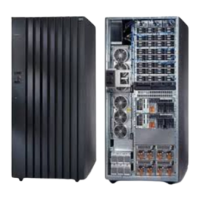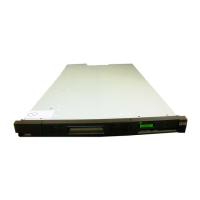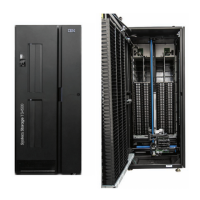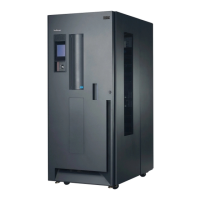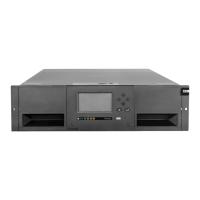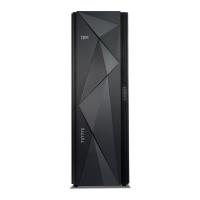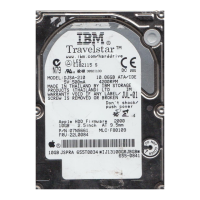The mklvcopy, rmlvcopy method
This method is ideal for migrating active logical volumes when a slight
performance loss is acceptable. This method creates and removes mirrors
automatically, ensuring data integrity.
Migrating data using the direct copy method
Use the following information as a guide for determining when to use the direct
copy method to migrate data for a UNIX operating system.
This method suffers from the same drawback as using the cplv and splitlvcopy
commands on logical volumes. You can use this method on active file systems, but
data consistency between the original and new copies cannot be guaranteed. Use
the cpio -p command only on file systems that are in a quiescent state to
guarantee consistency between the copy and the original. This will cause some
disruption of service to users to occur.
Migrating data using backup and restore methods
Use the following information as a guide for determinging when to use backup and
restore methods to migrate data.
All backup and restore methods require that the file systems or logical volumes that
you are backing up be in a quiescent state. Typically, you run backups after hours
when there is minimal use of the system and you can shut down databases.
Some databases require that you export the data before you move it between file
systems or logical volumes. You must then import the data on to the new file
system or logical volume. You might have to reconfigure the database so that it
points to the new data locations.
Migrating data from a Windows 2000 or Windows Server 2003-based
host system
Use the following information as a guide for how to migrate data from a Windows
2000 or Windows Server 2003-based host system.
You can migrate data from Windows 2000-based host systems into an storage unit
by mirroring the data and splitting the mirrors (similar to the method described for
UNIX systems). Create a full backup of the data before attempting any data
migration. Migrating data maintains file ownership, permissions, and the date and
time while the copy is made. The drag-and-drop function and the xcopy command
might cause ownership problems to date-related information in the copy of the new
data.
Mirroring the data and splitting the mirrors requires some outage to rename drive
letters at the end of the migration. If the mirroring tool that the operating system
supplies cannot be used (for example, if drive sizes in the old and new systems are
not the same), you might be able to use a third-party mirroring tool to accomplish
the same goal. If an outage occurs, you can copy Windows 2000 data to the new
disk using the scopy command.
Chapter 9. Migrating data to a storage unit 137
